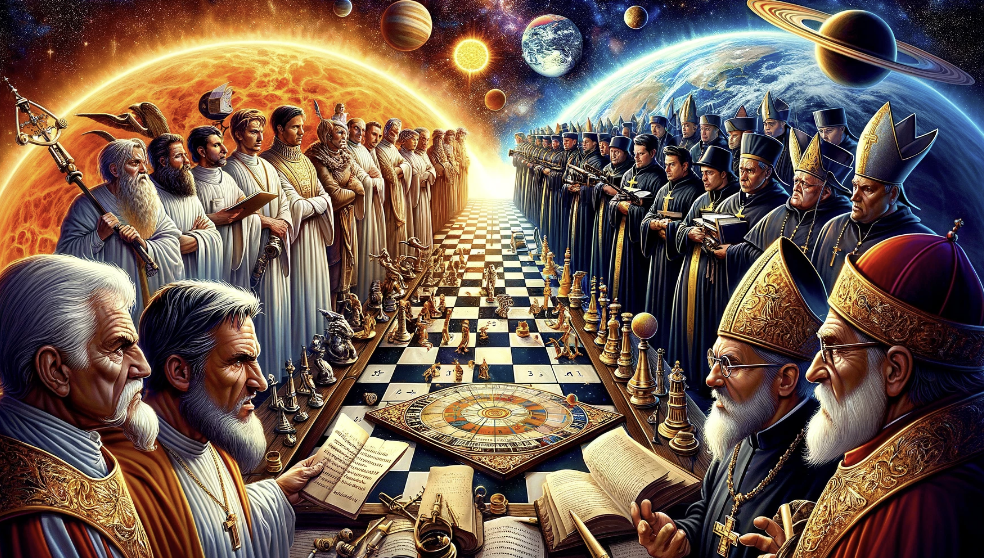At 11:59:59PM on December 31st when the clock flips over to January 1 at 12:00:00AM, it wasn’t actually a new year.
This is something that created the biggest intellectual Battle Royale between calendars in Earth’s history.

But more on that later.
More importantly, every year that you say “HAPPY NEW YEAR!” at midnight, it isn’t actually a New Year yet.
That’s right! As the world celebrates the arrival of a new year at the stroke of midnight on January 1st, a little-known celestial fact lingers in the background. The Earth, our tireless traveler through space, has not quite completed its annual journey around the Sun.
In reality, it was only at 99.931% of its orbit, just shy of a perfect circle.
The origin of this time conundrum takes us back to the era of Julius Caesar. In those ancient times, Caesar, guided by the wisdom of Roman astronomers, decided to transform the calendar from a lunar to a solar basis. However, a celestial challenge was looming: the Earth’s orbit around the Sun doesn’t wrap up neatly in 365 days; it extends a bit more, about a quarter of a day extra.
The Problem
This quarter-day posed an intriguing question: what does a 0.25 day look like in the life of societies, in daily routines, or in practical matters like paying rent? The solution seemed elegant in its simplicity: accumulate these quarter-days over four years to add an extra day. Thus, every fourth year, a Leap Day emerged, adding a twist to the calendar.
Initially, this Leap Day was placed at the end of the year, on February 24th, back when February was the year’s final chapter with only 23 days. Yet, this system wasn’t flawless. The actual duration of Earth’s orbit is about 365 days, 5 hours, 48 minutes, and 45 seconds, as noted by NASA. Therefore, adding a day every four years was an over-correction.
By the mid-1500s, this miscalculation had caused the start of Spring to drift backward over time. Astronomers, keen observers of celestial patterns, recognized this shift not just by the changing weather but by the position of the stars and the Sun.
The Gregorian Solution
In 1582, Pope Gregory XIII, aided by the calculations of Jesuit scholars, introduced a refined calendar. To realign with celestial reality,
Now, every 100 years, there isn’t a Leap Day.
But that over-corrects, too. In the other direction! So every 400 years, a Leap Day is added back in!
On top of that, October of that year saw an abrupt leap forward by 11 days. This new Gregorian Calendar also introduced a nuanced approach to Leap Days: every century would skip a Leap Day, except for every fourth century when it would be retained.

This adjustment explains why the year 2000 celebrated a Leap Day. It wasn’t just the fourth year in a cycle; it was the 400th year, marking a special exception in our calendar. In contrast, the years 1700, 1800, and 1900, despite being divisible by four, did not have a Leap Day

